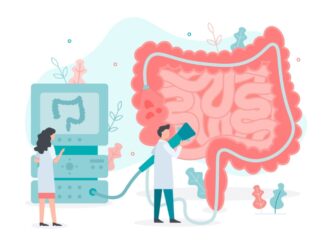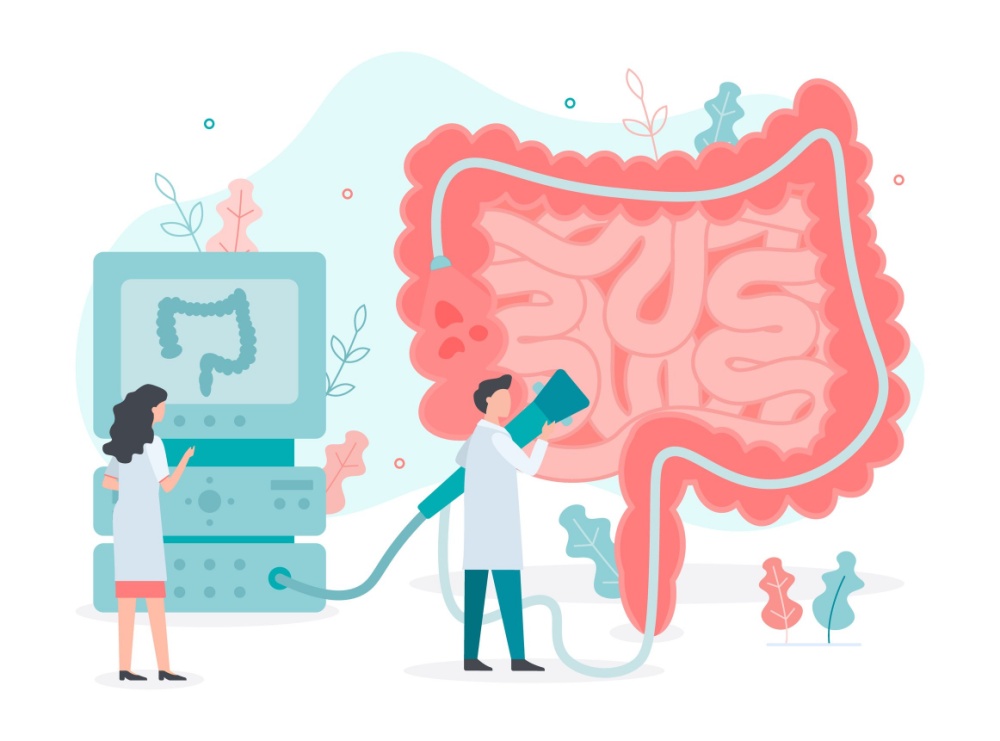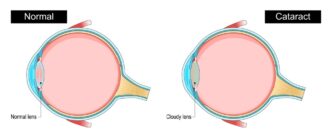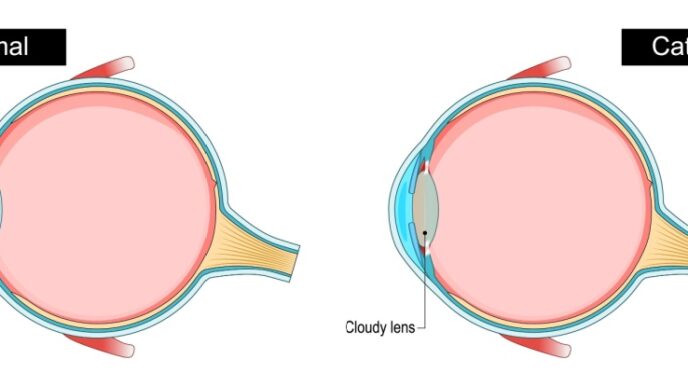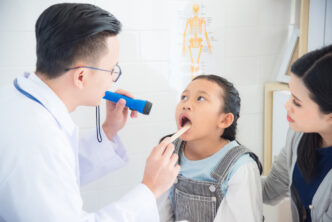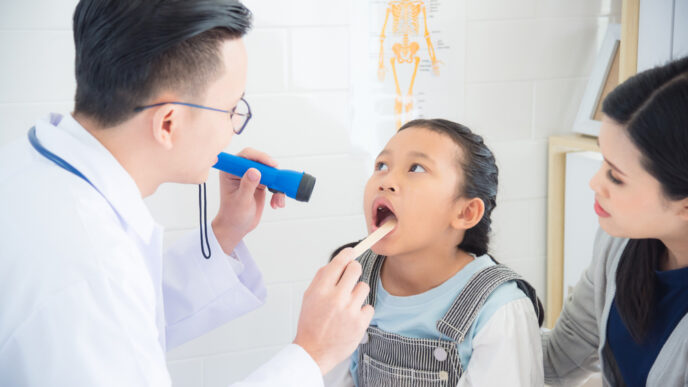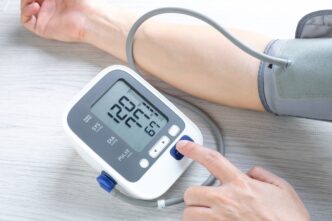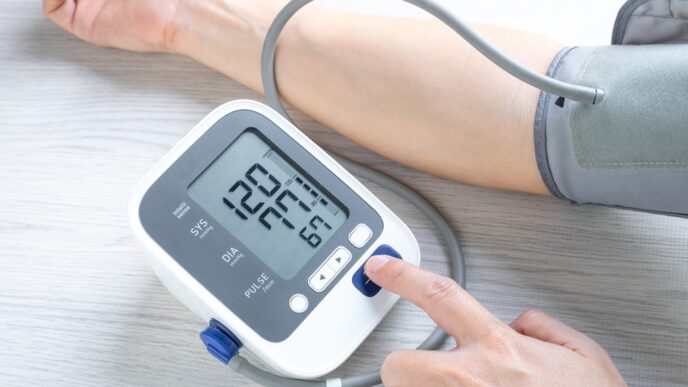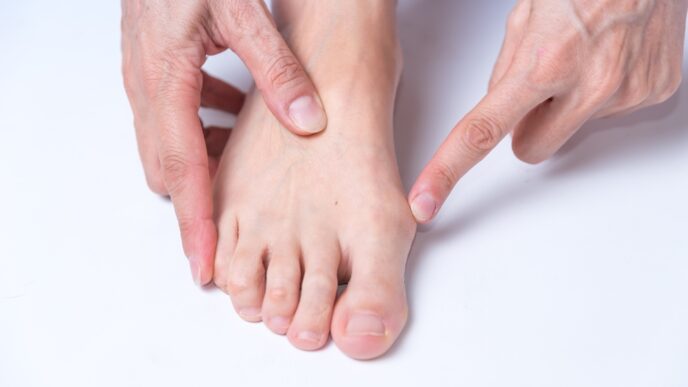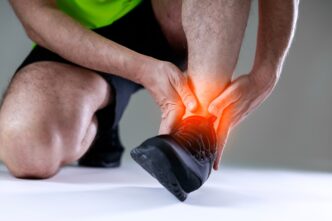Dr Shanthi Palaniappan Consultant Gastroenterologist
Just mention ‘colonoscopy’ and many people will immediately think of a tube being inserted up one’s rectum – or ‘the back door’.
“Well, I won’t disagree with that definition,” Dr Shanthi tells us with a laugh. She explains that the tube is actually a flexible and thin device called a colonoscope. From the rectum, it can travel up the entire length of the colon. Modern advances have produced increasingly thinner and more flexible tubes, allowing for less discomfort and pain to the patient.
Let’s take a short quiz to see how well you understand the procedure. Just answer TRUE or FALSE to each statement.
1. COLONOSCOPY IS ONLY USED TO SEE WHAT IS HAPPENING ‘DOWN THERE’.
FALSE. Yes, the colonoscope has a camera fixed to it to send pictures to a screen and allow the doctor to view the inside of your rectum and colon. This is useful for detecting abnormalities such as ulcers, polyps and even tumours. More advanced cameras can provide a complete 360° view, allowing the doctor a really good view indeed!
But there is more. Dr Shanthi explains that, nowadays, we can even remove any abnormal tissue found or collect tissue samples for further examination during a colonoscopy session.
2. IT CAN BE UNCOMFORTABLE.
TRUE. Dr Shanthi says that a certain degree of discomfort is usually unavoidable. However, you will normally be sedated to reduce the degree of discomfort.
“In fact, often, patients just ‘go out’ before the procedure begins, and when they regain consciousness, the procedure has been completed and they do not remember anything about the it,” she explains.
3. THERE IS A RISK OF BLEEDING AND TEARING.
TRUE, but do not panic. “The risk is about 1-in-500,” says Dr Shanthi, “so it’s not a common risk.” Bleeding and tearing can happen because the lining of our colon and intestines can be tender (especially when there is an ulcer or other problems).
“If excessive bleeding does occur during the procedure then the doctor normally will use methods of injecting medicines or clipping the bleeding vessel to circumvent the bleed,” she adds.
4. ONE HAS TO DRINK A LARGE AMOUNT OF UNPLEASANT-TASTING LIQUID BEFORE A COLONOSCOPY.
Again, TRUE. But while very few people will claim that it is delicious, Dr Shanthi explains that the liquid – or colon prep – can come in flavours such as orange to improve the taste.
You will not have to drink everything in one go. Instead, you will be advised to drink a cup every few minutes and at given intervals leading up to your colonoscopy session.
The colon prep is necessary to clean the colon and allow the doctor to get a clear view during the colonoscopy. Therefore, you will be going to the toilet often after drinking the fluid, and your stool will be soft and loose.
5. THE COLONOSCOPY RESULT IS ACCURATE.
TRUE. Dr Shanthi explains that there are other ways to diagnose possible abnormalities in the colon, but colonoscopy is the only method currently that allows the doctor to see the actual lining (mucosa) of the colon.
Given its accuracy and its ability to allow the doctor to extract suspicious tissue samples in one session, the colonoscopy is the ideal front-line go-to diagnostic method. It is certainly cheaper than having to undergo several different diagnostic tests, and less time consuming too!
6. I HAVE TO STAY IN THE HOSPITAL FOR A WHILE AFTER A COLONOSCOPY.
FALSE. You can go home shortly after a colonoscopy. However, you may still be experiencing some after-effects of being sedated, so you should not drive yourself home. Dr Shanthi suggests to either arrange beforehand to have someone take you home or just take a taxi.
7. I ONLY NEED A COLONOSCOPY WHEN SOMETHING IS CLEARLY WRONG ‘BACK AND DOWN THERE’.
FALSE. Screening colonoscopy is recommended for people over 50 to screen for colorectal cancer once every 10 years. Because colorectal cancer usually shows no symptoms until it has reached an advanced stage, screening is important to detect the cancer at its early stage. After all, early detection often means increased chances of recovery.
For those with a family history of colorectal cancer, they are recommended to start screening a little earlier – 10 years before the age of the youngest family member with cancer when he or she was diagnosed. For example, if that person in your family was 40 when the diagnosis occurred, you should start going for screening when you turn 30.

